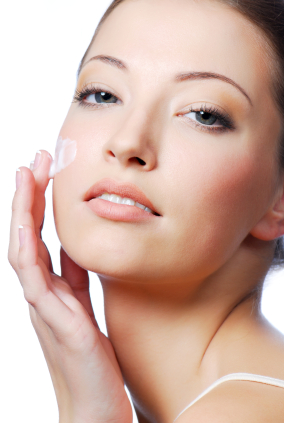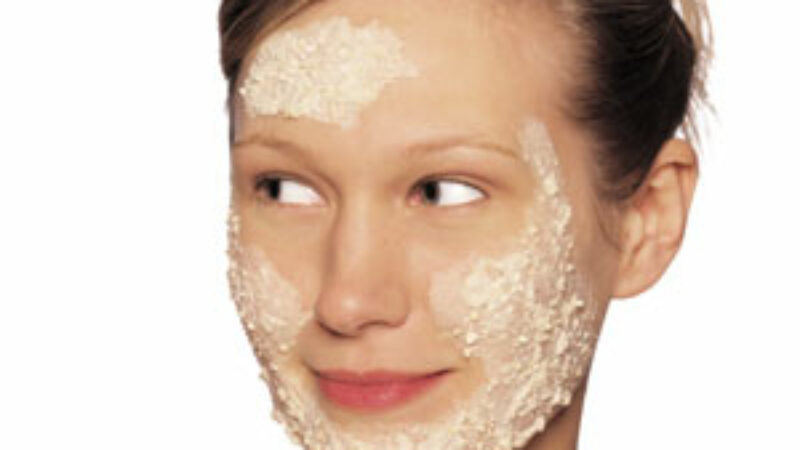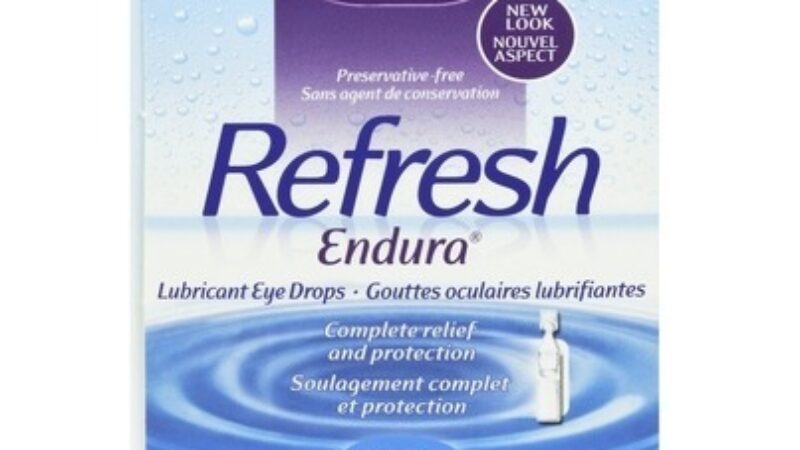For many of us, a considerable amount of time and money is spent on choosing what we put on our faces, so we undoubtedly read labels to make sure that products contain effective active ingredients, but what we may not pay as much attention to are the INactive ingredients listed. Both are important in making skin care products effective.
When reading ingredient lists, active ingredients are those ones that are considered to have perform a specific function on the skin. Active ingredients are backed by research and clinical studies and often must adhere to specific government-mandated regulations. They may include sun filters, skin lightening agents, topical exfoliants, antioxidants and retinoids, to name a few. In order to be effective, active ingredients must be present in adequate concentrations and, secondly, be able to penetrate through the skin’s barrier system.
Inactive ingredients on the other hand, do not perform a specific action on skin. However, this shouldn’t mean that they are insignificant as they are just as necessary as active ingredients to the overall performance of a skin care product. They may include:
- Stabilizers: to ensure that the product will not degrade quickly to the point of ineffectiveness. Stabilizers, like cetearyl alcohol, also work to maintain the product’s texture and consistency.
- Preservatives: to discourage contamination by bacteria or other substances that can be harmful to the skin. Phenoxyethanol and parabens are common preservatives in skin care.
- Carriers: to deliver the active ingredients to where they will be most effective and beneficial to the skin. It’s not uncommon to find water as a delivery medium.
It may not always be easy to pronounce all the words on the ingredient list, but knowing what’s in your skin care, both active and inactive, will give you a good idea what works and what you should avoid. Your skin will thank you. Promise.




